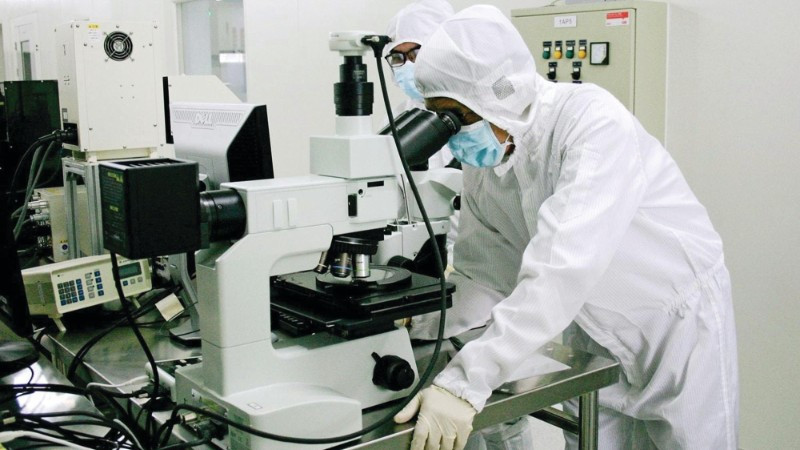
At a recent press conference of the Ministry of Finance , Mr. Bui Thy Hung, Deputy Director of the Bidding Department, said that along with the amendments to the PPP Law, Decree No. 180, issued and taking effect immediately, is expected to create a breakthrough in attracting private investment in science, technology, and innovation.
Decree No. 180 targets investment in soft infrastructure and intangible assets, with profits that are not easily visible in the immediate future. Before Decree No. 180, cooperation activities between the State and enterprises in research, application, and innovation were mainly in the form of support from the State budget, without a real companion mechanism. Meanwhile, the PPP cooperation model has proven effective in infrastructure sectors such as transportation and healthcare, but there is no specific design for the science and technology sector due to its specific nature of intangible assets, high risk, long-term, and difficult to measure immediately.
Similar to previously implemented PPP contracts, depending on the nature of the project, the parties can flexibly choose contract forms such as BOT (Build-Operate-Transfer), BTL (Build-Transfer-Lease), O&M (Operate-Manage), BT (Build-Transfer), and other forms of public-private partnership... This is not only an expansion in scope, but also a fundamental change from the state's "monopoly" in investment, to a model of joint creation, sharing risks and benefits.
The Decree stipulates a series of specific and practical incentives such as: Exemption from land use fees, public property rental costs; ownership of scientific research results, technological development, innovation...
Notably, this is the first time the state has established a highly protective revenue risk-sharing mechanism. Accordingly, if the actual revenue of the project in the first three years is lower than the agreed financial plan, the state will support 100% of the difference. In case the revenue after three years still does not reach 50% of the expected level, both parties have the right to terminate the contract ahead of schedule and the investor and project enterprise will receive full payment from the state for investment costs, construction of science and technology infrastructure and operating costs.
The Decree also clears up data and intellectual property bottlenecks as parties can co-own technology platforms, software, and data arising from the cooperation process, depending on the contribution ratio. Previously, many businesses were hesitant to invest in research because they were unclear about the mechanism for dividing assets after research.
According to Decree No. 180, enterprises do not have to pay a minimum of 2% of revenue when using public infrastructure assets in state units. This is also an institutional breakthrough, helping the state accompany enterprises through available assets, enterprises can easily cooperate with institutes and schools, and have access to public assets such as data, laboratory infrastructure, human resources, etc.
One of the notable highlights is that for the first time, public procurement is recognized as a policy tool to create and guide. Instead of focusing only on infrastructure investment or funding for discrete research, the state is empowered to order science and technology tasks integrated into PPP projects. This mechanism helps to remove a long-standing bottleneck, which is that many domestic scientific research results have no output or consumer market.
Analyzing at a recent workshop, Mr. Le Bo Linh, former Deputy Chairman of the National Assembly's Committee on Science, Technology and Environment, frankly pointed out: "Innovation activities themselves are risky. Without state sponsorship, not only financially, but especially in the market, it is very difficult for businesses to survive. In developed countries, the state always stands behind strategic products to create a leading market."
According to Decree No. 180, state agencies not only contribute up to 70% of public investment capital in PPP projects, but can also directly finance the research and development part of the project through scientific career funds, target programs or ordering mechanisms. At this time, the state is not only a “capital partner”, but also the “first customer” of domestic scientific products.
Source: https://nhandan.vn/tang-nguon-luc-dau-tu-cho-khoa-hoc-cong-nghe-post893271.html






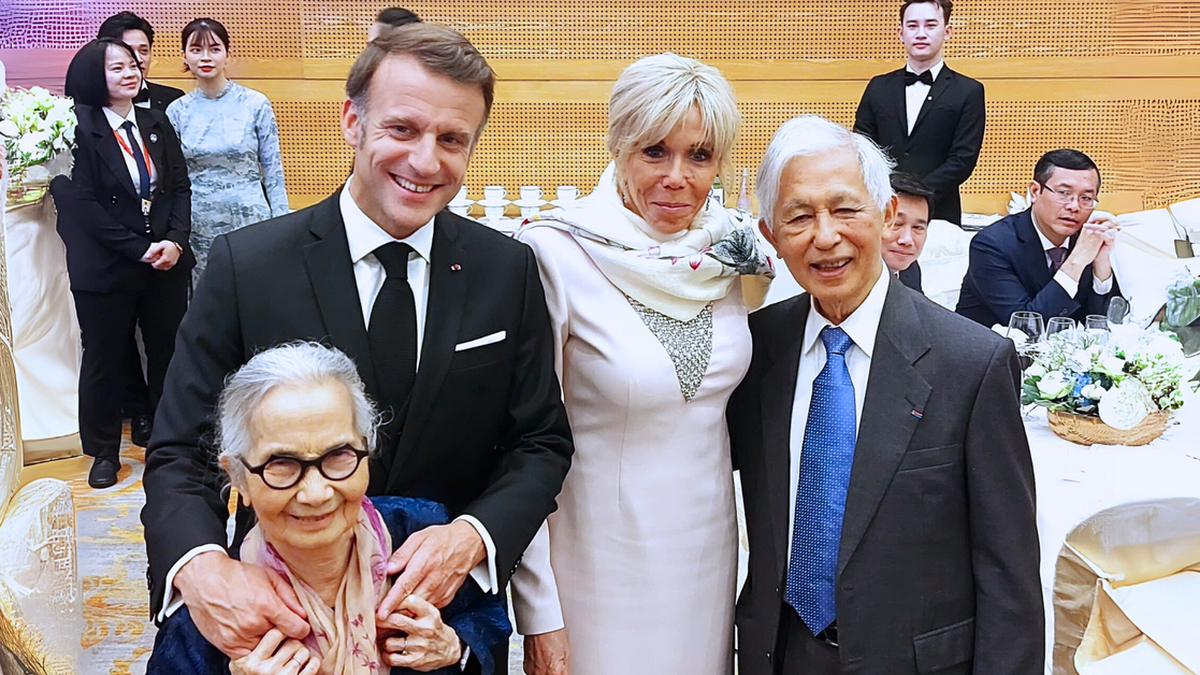

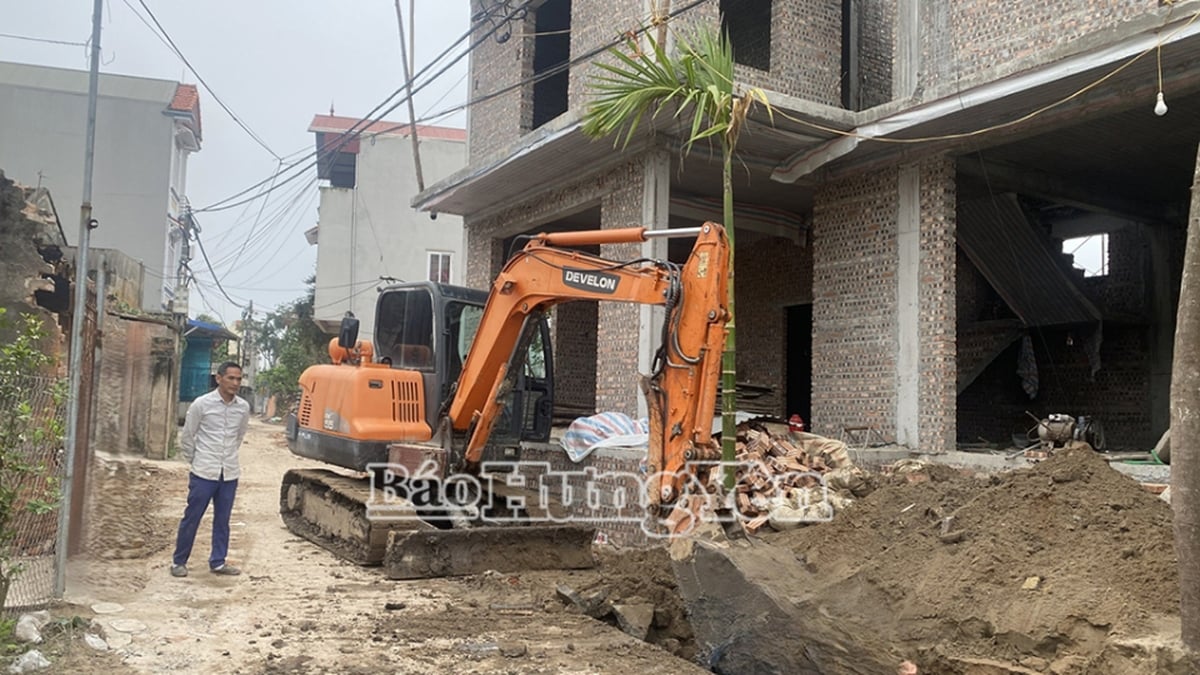
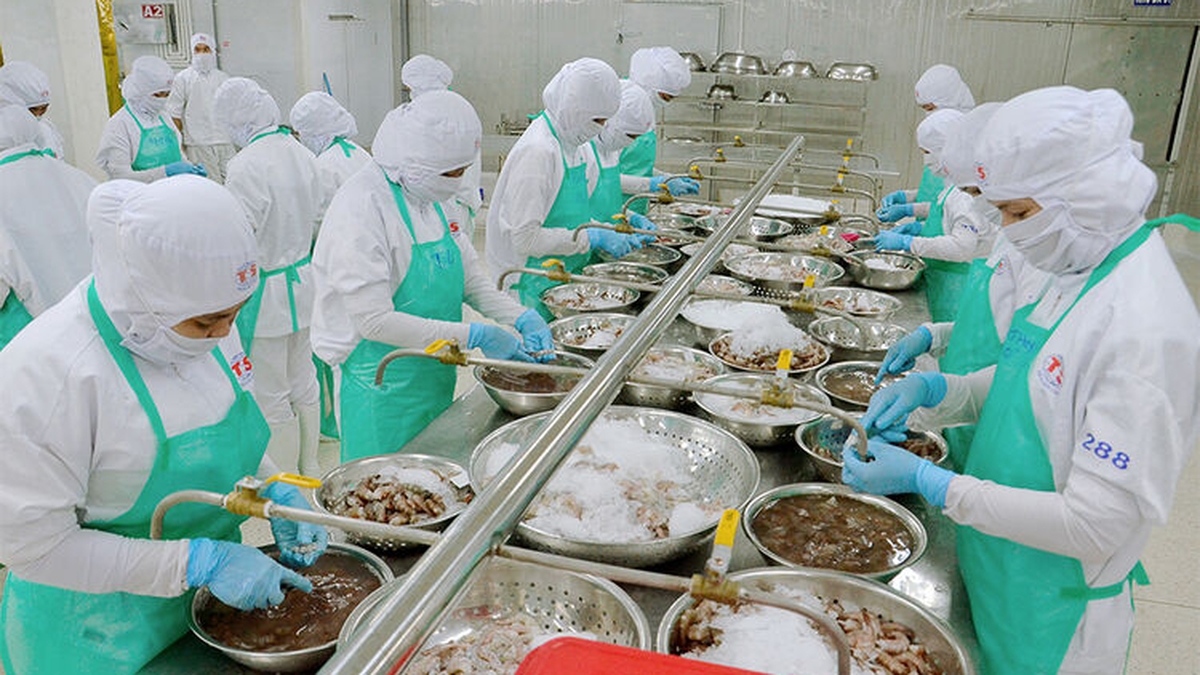
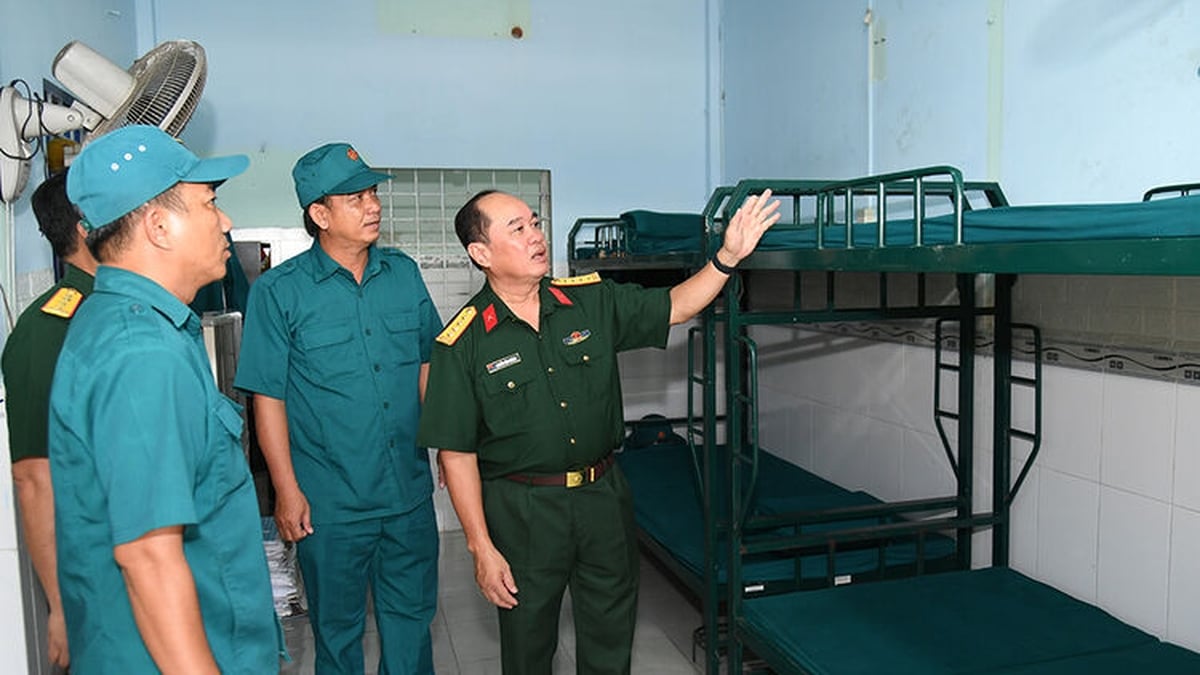













































![[Maritime News] Treasury Department Targets Diverse Networks Facilitating Iran's Oil Trade](https://vphoto.vietnam.vn/thumb/402x226/vietnam/resource/IMAGE/2025/7/14/43150a0498234eeb8b127905d27f00b6)





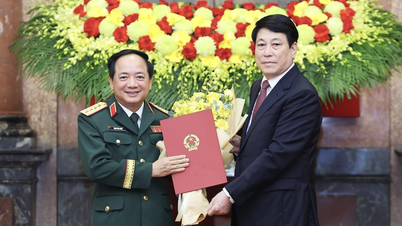


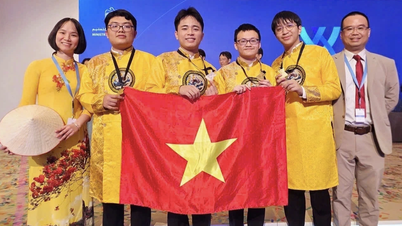



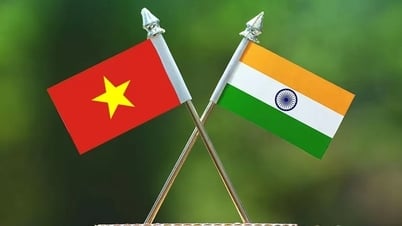

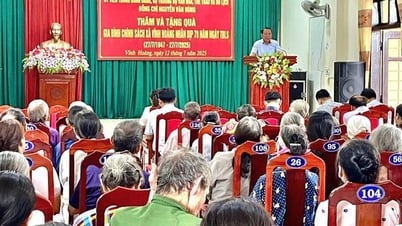



























Comment (0)